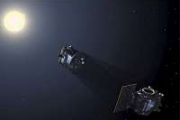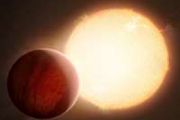
Copernical Team
Discovery Alert: a 'Hot Neptune' in a Tight Orbit
 A Neptune-sized planet, TOI-3261 b, makes a scorchingly close orbit around its host star. Only the fourth object of its kind ever found, the planet could reveal clues as to how planets such as these form.
An international team of scientists used the NASA space telescope, TESS (the Transiting Exoplanet Survey Satellite), to discover the exoplanet (a planet outside our solar system), then ma
A Neptune-sized planet, TOI-3261 b, makes a scorchingly close orbit around its host star. Only the fourth object of its kind ever found, the planet could reveal clues as to how planets such as these form.
An international team of scientists used the NASA space telescope, TESS (the Transiting Exoplanet Survey Satellite), to discover the exoplanet (a planet outside our solar system), then ma Team identifies how interstellar medium impacts pulsar signals
 A new study led by Sofia Sheikh of the SETI Institute has revealed how pulsar signals - emissions from the spinning remnants of massive stars - are distorted as they traverse the interstellar medium (ISM). The findings, published in The Astrophysical Journal, were developed through contributions from undergraduate researchers in Penn State's Pulsar Search Collaboratory, a student program origina
A new study led by Sofia Sheikh of the SETI Institute has revealed how pulsar signals - emissions from the spinning remnants of massive stars - are distorted as they traverse the interstellar medium (ISM). The findings, published in The Astrophysical Journal, were developed through contributions from undergraduate researchers in Penn State's Pulsar Search Collaboratory, a student program origina KSAT teams with Starsite to establish lunar support site in Western Australia
 Kongsberg Satellite Services (KSAT) is partnering with Starsite Pty Ltd to build and operate a 20-meter antenna at a new site in Western Australia. Starsite, the Australian landowner, will manage and maintain the installation, which is designed to support key lunar missions.
Starsite was chosen to host the facility based on its expertise and commitment to operational excellence. The collab
Kongsberg Satellite Services (KSAT) is partnering with Starsite Pty Ltd to build and operate a 20-meter antenna at a new site in Western Australia. Starsite, the Australian landowner, will manage and maintain the installation, which is designed to support key lunar missions.
Starsite was chosen to host the facility based on its expertise and commitment to operational excellence. The collab Slingshot Aerospace secures $13M NOAA contract for Space Traffic Platform Interface
 Slingshot Aerospace, a leader in AI-driven satellite tracking and space coordination technologies, has been awarded a $13.3 million contract by the National Oceanic and Atmospheric Administration's Office of Space Commerce (OSC). This contract focuses on developing the Presentation Layer for the Traffic Coordination System for Space (TraCSS), the U.S. government's next-generation space safety pl
Slingshot Aerospace, a leader in AI-driven satellite tracking and space coordination technologies, has been awarded a $13.3 million contract by the National Oceanic and Atmospheric Administration's Office of Space Commerce (OSC). This contract focuses on developing the Presentation Layer for the Traffic Coordination System for Space (TraCSS), the U.S. government's next-generation space safety pl PolyU conducts successful catalyst material experiments in Low Earth Orbit
 The Shijian-19 satellite, China's first reusable and returnable satellite, has completed its mission and returned to Earth, carrying a variety of experimental payloads. Among these was the Hong Kong Polytechnic University's (PolyU) in-orbit material experiment testbed, a milestone as Hong Kong's first reusable experimental payload to return from space. The China National Space Administration for
The Shijian-19 satellite, China's first reusable and returnable satellite, has completed its mission and returned to Earth, carrying a variety of experimental payloads. Among these was the Hong Kong Polytechnic University's (PolyU) in-orbit material experiment testbed, a milestone as Hong Kong's first reusable experimental payload to return from space. The China National Space Administration for All-optical nonlinear Compton scattering achieved with multi-petawatt laser producing ultra-bright gamma rays
 In a major advancement for strong field physics, researchers from the Institute for Basic Science's Center for Relativistic Laser Science (CoReLS) in Korea have successfully demonstrated nonlinear Compton scattering (NCS) using a groundbreaking all-optical setup. This achievement, recently published in 'Nature Photonics', uses the 4-petawatt laser at Gwangju Institute of Science and Technology (
In a major advancement for strong field physics, researchers from the Institute for Basic Science's Center for Relativistic Laser Science (CoReLS) in Korea have successfully demonstrated nonlinear Compton scattering (NCS) using a groundbreaking all-optical setup. This achievement, recently published in 'Nature Photonics', uses the 4-petawatt laser at Gwangju Institute of Science and Technology ( Watch eclipse-making Proba-3 launch
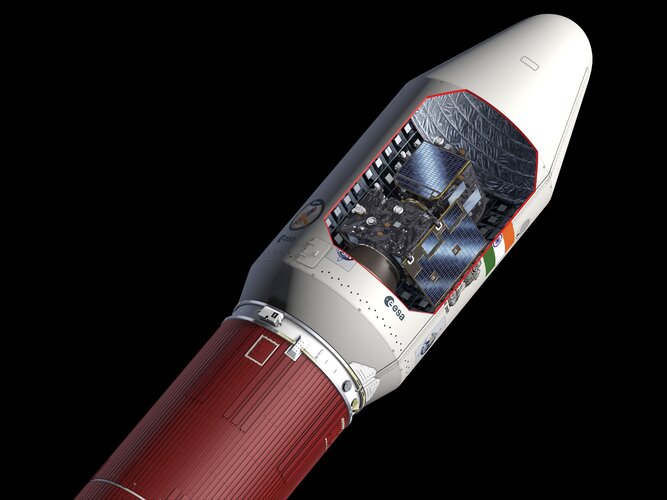
ESA’s eclipse-making precise formation-flying mission is nearly ready for liftoff! Proba-3 is scheduled for launch on a PSLV-XL rocket from Satish Dhawan Space Centre in Sriharikota, India, on Wednesday, 4 December, at 11:38 CET (10:38 GMT, 16:08 local time).
Northern lights may be faintly visible across parts of the US this Thanksgiving
This request seems a bit unusual, so we need to confirm that you're human. Please press and hold the button until it turns completely green. Thank you for your cooperation!
Press and hold the button
If you believe this is an error, please contact our support team.
185.132.36.159 : 9d79183d-510f-4aee-a94b-63970d6d
Droplets face to face in space
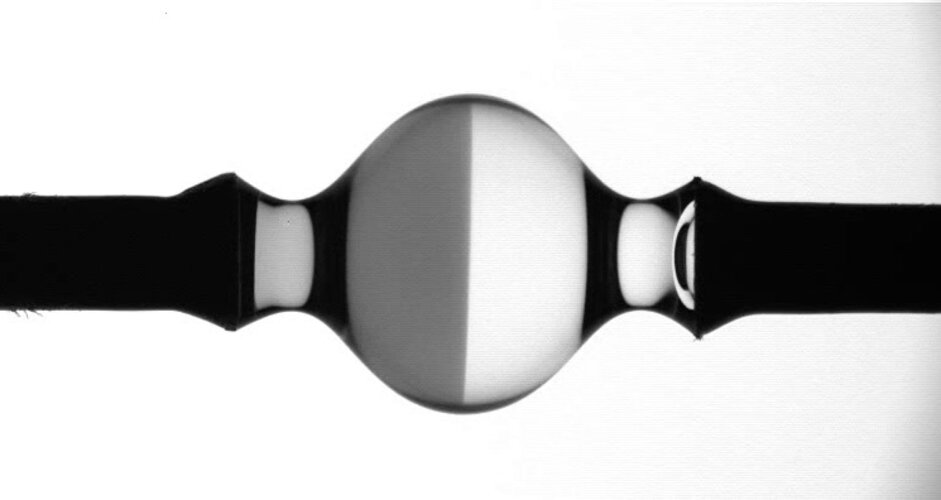 Image:
Droplets face to face in space
Image:
Droplets face to face in space Sentinel-1C pre-launch media briefing
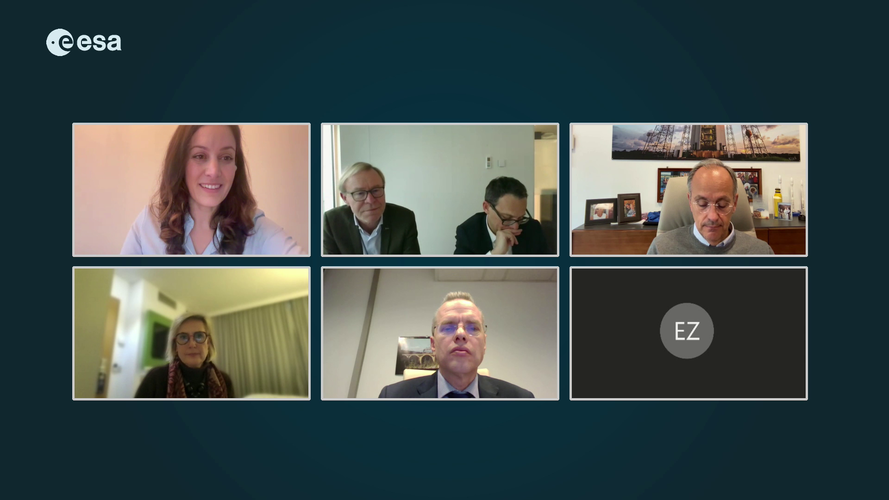 Video:
00:56:21
Video:
00:56:21
Watch the replay of the Sentinel-1C pre-launch media briefing for detailed information on the mission which will be launched aboard a Vega-C rocket no earlier than 4 December at 18:20 local time (22:20 CET) from Europe’s Spaceport in Kourou, French Guiana.































